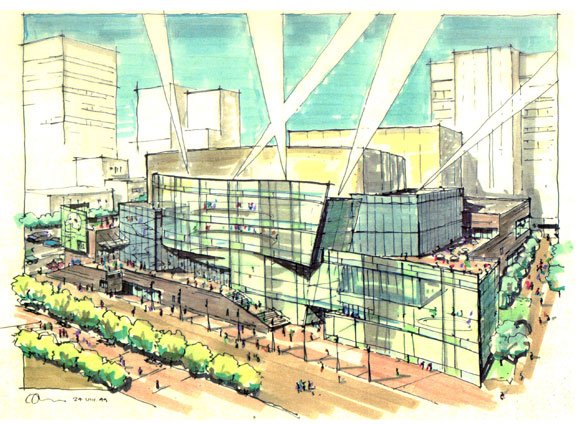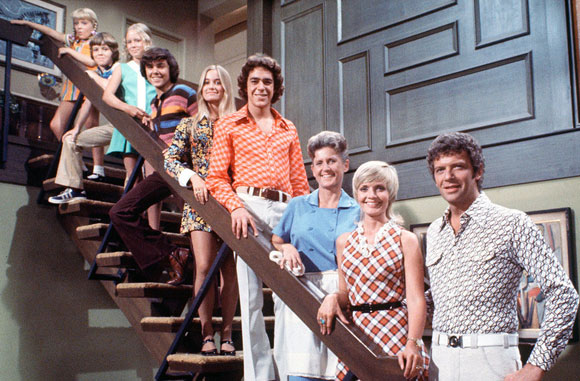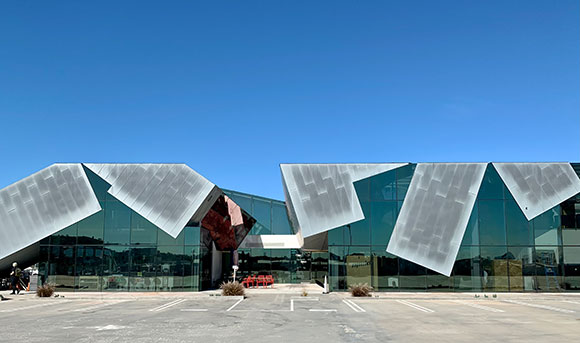#133: THE INFURIATING MYTH OF AN ARCHITECT’S WEALTH
The Brady Bunch, a sizable family to support as an entrepreneurial architect (1969 to 1974)
It’s a popular myth that you see in TV and movies, that an architect is rich. From Mike Brady supporting a family of eight (nine if you count Alice) to the architect duo of Richard Gere and Sharon Stone, from charming Tom Hanks to Steve Martin playing an architect twice, the world seems to think architects are wealthy—rolling in money.
Know this: we are not. Not at all. Not even close.

We are regular people with a regular job. We don’t have those fancy clothes, driving those nice cars, living in big homes, as one might believe from the prevalent urban legends of who an architect is.
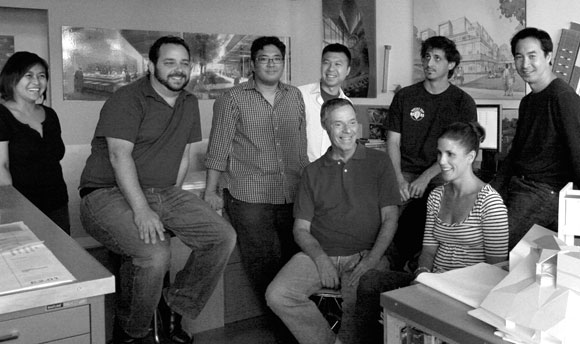
Yes, we are rich in our artistic rewards and in the opportunities to chase our creative dreams. But no, we are not affluent. My question is this: Why don’t we have lots of money?
I compare our design industry to doctors and lawyers, who have similar paths of required higher education, rigorous state requirements for licensure, and even responsibilities to public safety. But for anyone who knows the statistics, architects aren’t just not rich, some are living at modest middle class incomes. Well, at least not starving artists. But when compared to doctors and lawyers, architects are compensated at a fraction of our professional colleagues. Why?

The work of an architect is not valued as it used to be, as say in the Renaissance, when kings and queens rewarded architects handsomely to design heaven-reaching cathedrals that would last centuries. Perhaps architecture today is too abstract to understand. People know that when they hire a plumber, the pipes get fixed. But if you don’t understand what design is or what an abstract idea is—then from architects, you are only getting random lines on a piece of paper. And how much money is that worth?
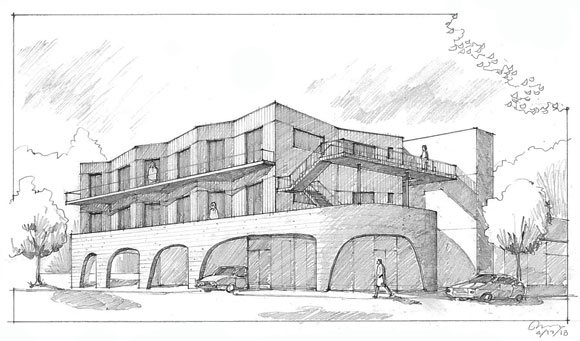
But with star chefs, you would never call the recipe for a Michelin-rated dish, merely random scribbles on a piece of paper. I have had clients say that they don’t need a design, just the drawings. I don’t get that. That’s like saying I don’t need the fascinating epic of the Harry Potter saga. Instead, just give me random ink on pages.
 Add to this how reality TV (here and here) has inaccurately shown that you can approach an architect and ask for three designs, for free! Would you ask any professional for free work, such as your doctor, dentist, accountant, or lawyer?
Add to this how reality TV (here and here) has inaccurately shown that you can approach an architect and ask for three designs, for free! Would you ask any professional for free work, such as your doctor, dentist, accountant, or lawyer?
One critical thing to note why architects suffer: The typical fees paid to an architect rarely compensate for the work that needs to be done when designing a building. For example, if an architect gets a fee of $100,000, we all know right from the start that $120,000 is needed to do the work. You might ask: Why not just do the work of $100,000, since that is all you are paid to do? It is not that simple.
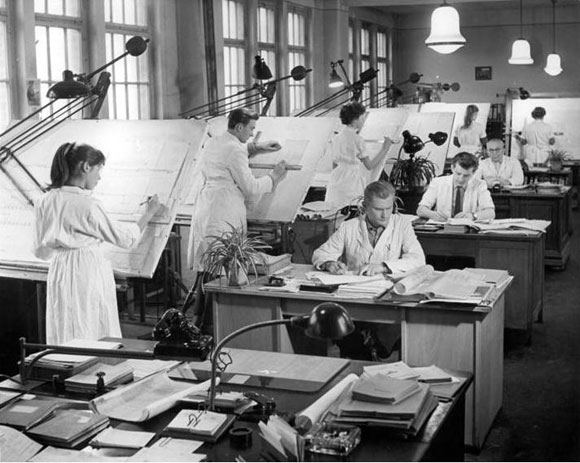
Partly, the work is dictated by the client’s indecisions and endless changes over the course of an unknown number of meetings, coordinating the work of structural and mechanical engineers always behind schedule, getting city approvals that can take months and even years, administering construction and resolving all the unforeseen conditions, and the other hundreds of spinning tops and fires that burn brightly. In part, we are also driven by our artistic ego, and we will design a project until it is great, not stopping at the amount of fee that is allocated.
So, who is the blame?
